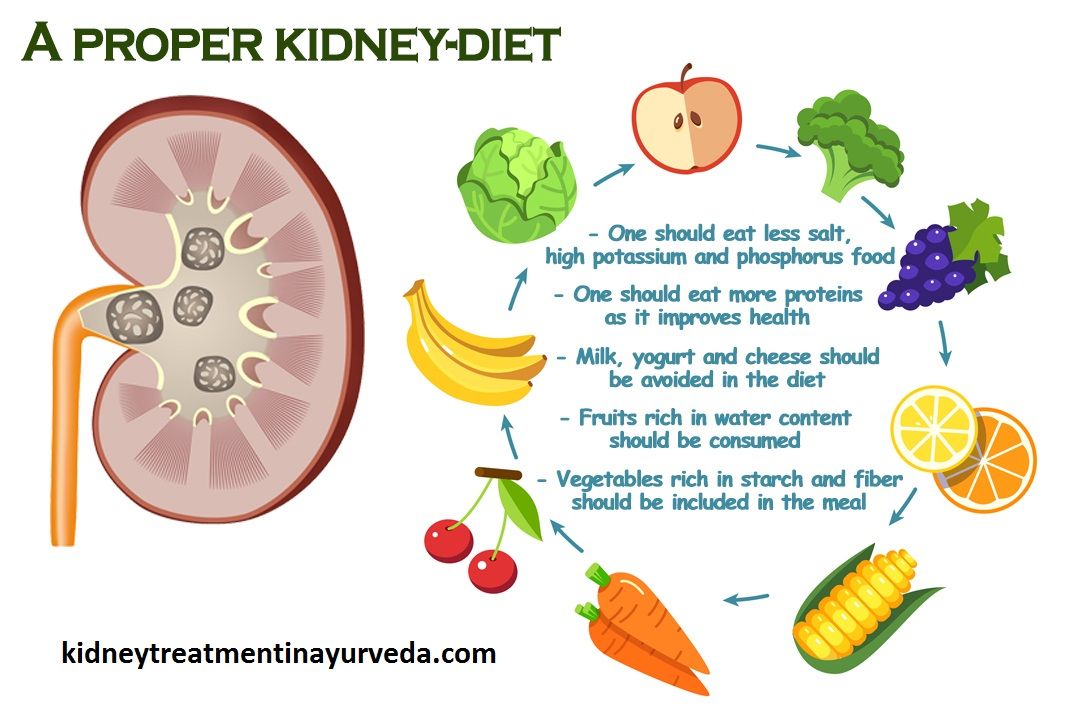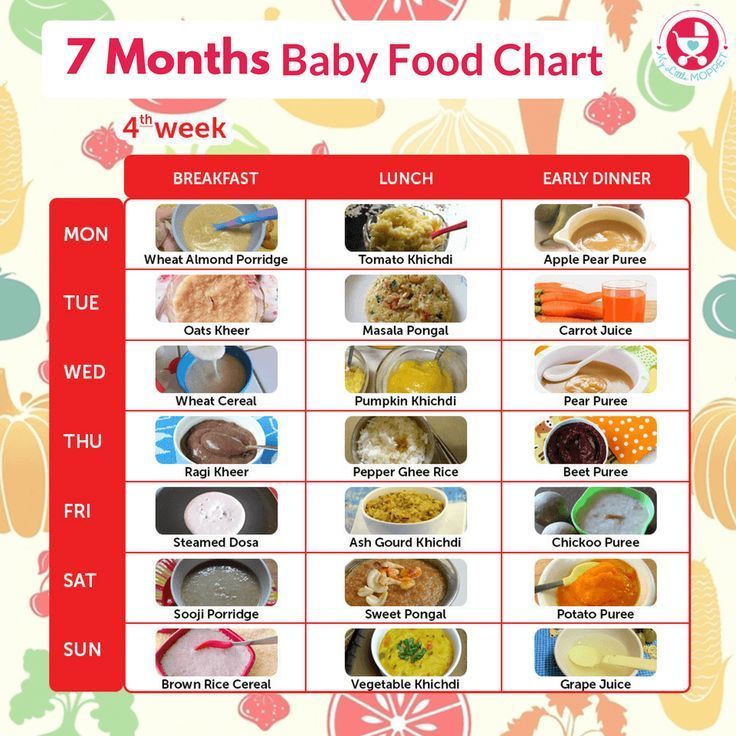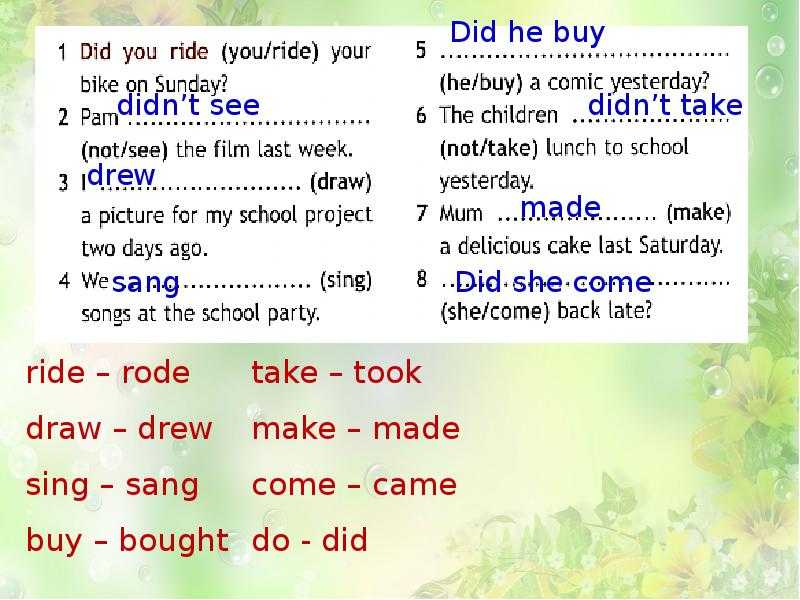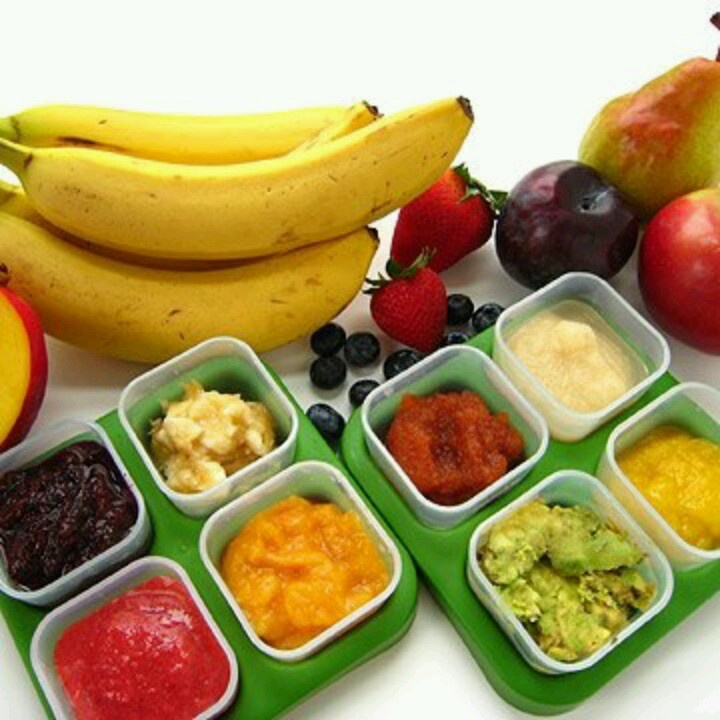Food babies can eat without teeth
75 Healthy Foods That Babies Can Eat Without Teeth
There’s a lot of fear in the minds of parents about feeding solid food to their babies at the age of around six months when they haven’t yet developed their first teeth.
The seemingly logical question arises in their minds- How can my babies eat solid food when they does not have any teeth? How will they be able to chew it?
Table of Contents
can babies eat solid food without teeth
We, actually, do not give babies the credit that they deserve. They learnt to breastfeed, to turn, to sit up and even stand up on their own before the age of six months. Eating solid food too, comes naturally to our little geniuses.
If you’ve noticed, we ourselves chew our food not with our two front teeth but with our molar teeth. Babies develop their molar between the age 14-18 months and we know that nobody waits that long to feed solids to their baby.
Then, how do six month old babies chew their food?
Well, their jaws are strong enough to chew the food and they use their jaws, tongue and cheek to process the food. Some mothers even begin with solids skipping purées all together.
Here is a list of Solid foods babies can eat without teeth:
Fruits:Fruits are a common food type to start with babies. Since they are sweet and juicy, fruits are generally well received by the babies as well.
- Banana
- Apple*
- Orange*
- Grapes*
- Grapefruit*
- Lemon*
- Pear*
- Raspberries*
- Strawberries*
- Blackberries*
- Blueberries*
- Watermelon
- Avocado
- Apricot
- Cantaloupe or Muskmelon
- Figs
- Mango
- Kiwi
- Plum
- Papaya
- Cherry*
- Lychee
- Tomato
- Pineapple*
- Peach
Citrus fruits like lemon, grapefruit, tangerine etc might be too strong for your baby who hasn’t had much experience with flavours. So introduce them in small amounts in their diet and let them get used to the taste gently.
Although berries are not considered high allergy foods, if your baby has eczema or other food allergies, consult your pediatrician before offering berries. Raspberries can be cut in halve before offering to babies.
Raspberries can be cut in halve before offering to babies.
Fruits that are not soft like raw apples and pear, should be steamed before giving it to your baby.
Foods that are round and hard, like grapes, blueberry and cherry should we cut into halves (vertically) to eliminate the risk of choking. Also make sure to remove the seeds from apples, cherries before serving.
Vegetables:
- Carrots
- Beets
- Peppers
- Potato
- Radish
- Pumpkin
- Squash
- Sweet potato
- Yam
- Cauliflower
- Broccoli
- Turnips
- Peas
- Zucchini
- Green beans
- Cabbage
- Eggplant
- Asparagus
- Plantains
- Brussels sprouts
All vegetables need to be steamed and cut into smaller portions as they will not be as soft as fruits. If it has a hard skin, peel it off. And remove seeds if any. Do not overcook the vegetables because they will turn mushy and will not have the finger-food consistency.
Leafy vegetables like lettuce and spinach might get stuck in the roof of your baby’s mouth while your little one tries to eat it. So you can cook it,mash it and add it along with rice or millets to make a complete meal.
Dried fruitsDried fruits tend to become a little hard due to losing their moisture so you want to make sure they are soft for your little ones by soaking them in the water.
- Raisins
- Dates
- Dried prunes
- Dried Apricots
You need to cook the meat properly and shred them before giving to your baby. Make sure there are no small bones. Make sure your baby isn’t allergic to seafood before giving fish or prawns.
Avoid canned seafoods. They will have preservatives and probably have too much salt in them.
- Lamb/Goat/Beef – Minced or Grounded.
- Chicken
- Fish- select fishes that have lesser bones. Some fishes have very fine bones which might be too hard to remove.
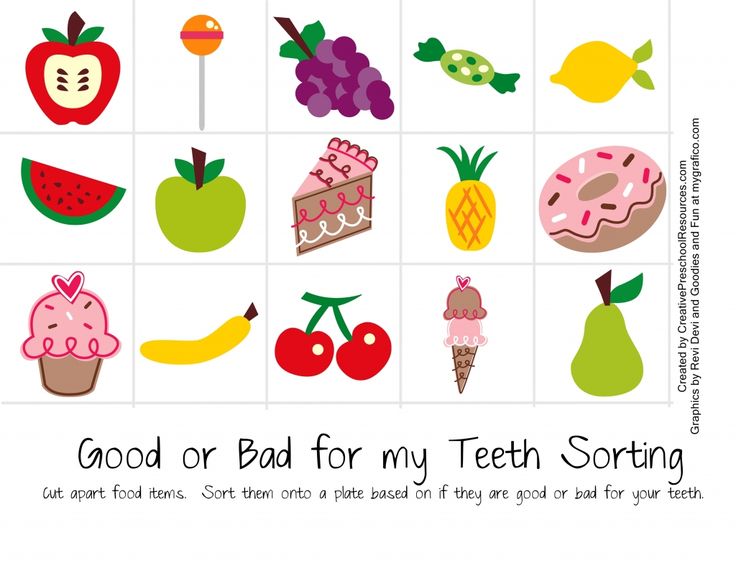 Try Salmon, Cod, Tuna and Haddock.
Try Salmon, Cod, Tuna and Haddock. - Prawns/ Shrimp
- Crab
- Boiled eggs- make sure it’s properly boiled and introduce the yoke before the whites. Cut them in small pieces.
- Scrambled eggs
- Omelette- Add veggies like carrots and zucchini. Use healthy fats like coconut oil, grassfed butter to cook.
- Fried Eggs
Cheese
You can give any full pasteurized cheese like the below. Make sure it’s not hard. You can scramble it for safety. Processed cheese has too much salt for a baby.
- Mozzarella
- Ricotta
- Cottage cheese
- Parmesan
Avoid store bought ones because you wouldn’t even know what has gone into its making. Homemade goodies help you hand pick the ingredients thereby creating a nutritional snack.
Do not add any ingredient like whole blueberries and cranberries that could be a choking hazard.
- Homemade wheat bread
- Homemade muffins
- Homemade cakes
- Homemade biscuits, cookies and crackers.
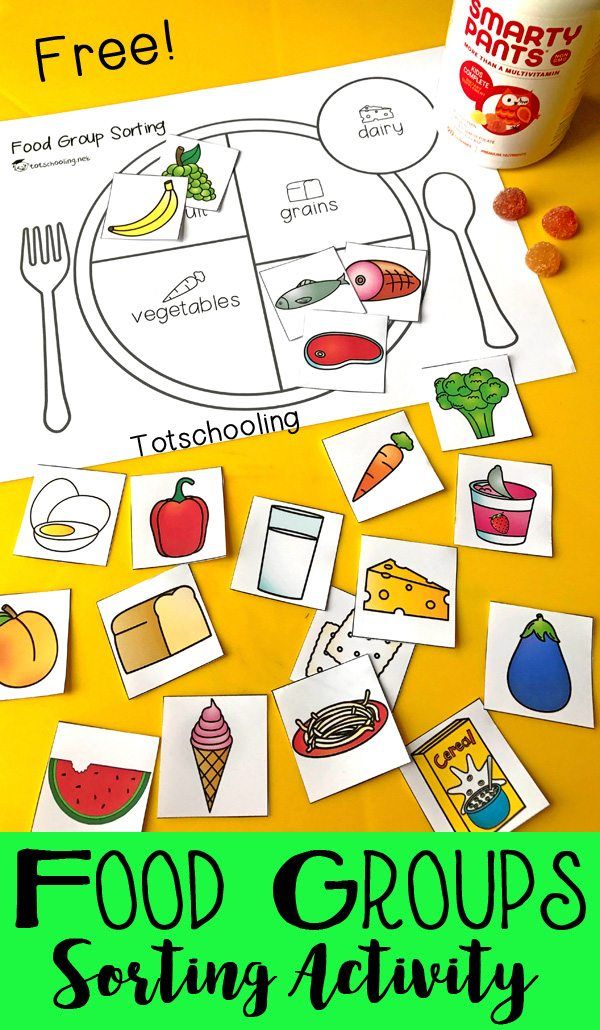
- Rotis
- Pita bread
- Chapattis -Indian wheat bread.
- Rice
- Pasta
- Noodles
- Quinoa
- Oats
- Millet
- Buckwheat
- Semolina
- Porridge
Make sure they are boiled well. You can add homemade sauces or purées to them. You can boil quinoa/oats/millet/semolina/buckwheat in a little water and either add your breast milk or almond milk for consistency and taste.
Caution to be taken while feeding solids:
Although your baby seems ready for solids, tick all the below points to make sure your baby is safe.
- Always introduce one food at a time. We don’t know how your baby would react to new foods, so follow the three day rule with every new food.
- Always be near your baby and watch out for any signs of choking. Do not leave your baby alone while having solids.
- While introducing a new food, do it in small amounts.
- Try to include variety in your baby’s meals.
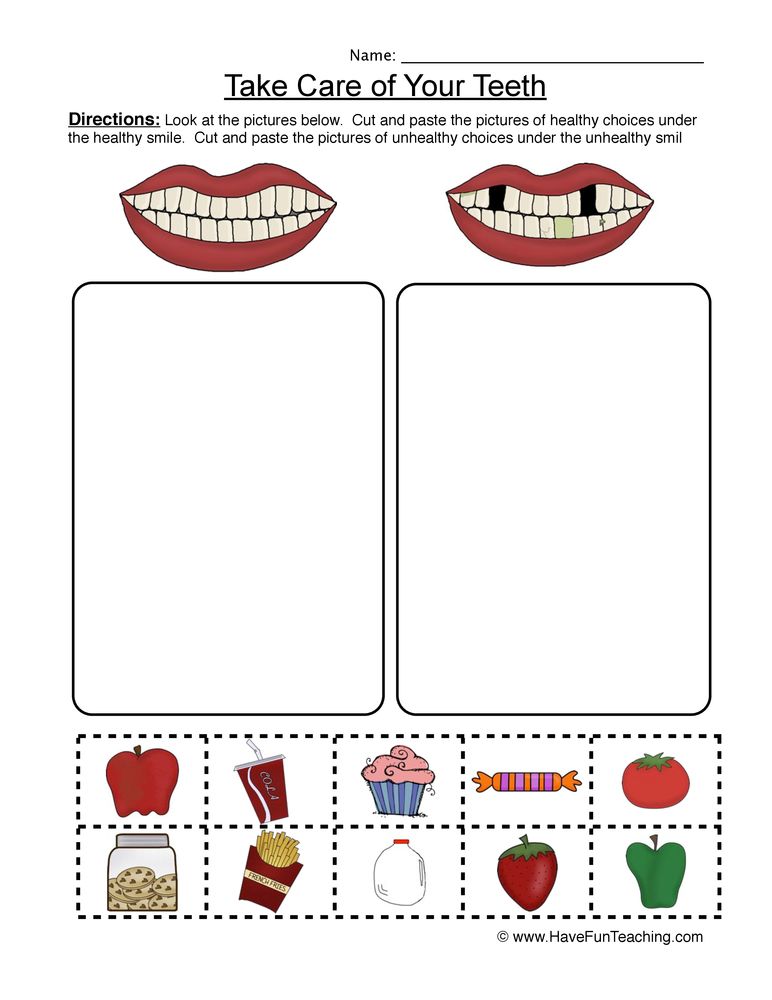 Add fruits, vegetables, legumes, meat etc.
Add fruits, vegetables, legumes, meat etc. - Watch out for any allergic reaction especially with nuts and dairy products.
- Keep an eye on their poop. Usually poop says it all. If you think something is not normal with the colour of the poop or if it’s too runny, take it slow and visit the doctor if needed.
Final words
Every baby is different and each baby reaches her milestones at her own pace. So, listen to your baby to know when she is ready for solids and if she is ready, do not hesitate to start with solids.
It all takes just one step at a time.
Do share your thoughts on how you like to wean your baby and what your experiences were.
Sharing is caring!
80 shares
50 Delicious Foods for 1 year old with few teeth
When your baby’s first little tooth erupts, it gives rise to mixed emotions. On one hand, there’s joy, because your little one is growing and on the other hand, there’s horror, if you’re still breastfeeding! For most babies, the first tooth makes an appearance anywhere from four months onward and some babies are even born with teeth. On the other end of the spectrum, you may have a late bloomer, whose first tooth takes its own sweet time, maybe even till he’s a year old! Here are 50 foods for 1 year old with few teeth.
On the other end of the spectrum, you may have a late bloomer, whose first tooth takes its own sweet time, maybe even till he’s a year old! Here are 50 foods for 1 year old with few teeth.
50 foods for 1 year old with few teeth
Fruit Finger foods for babies without teeth
Vegetable Finger Foods for Babies without teeth
Breakfast Recipes for Babies without Teeth
Lunch/Dinner Recipes for Babies without Teeth
Snack Finger Food Recipes for Babies without Teeth
Dessert recipes for Babies without Teeth
Tips for feeding babies without teeth/foods for 1 year old with few teeth
Frequently Asked Questions
Can you give finger foods to baby with no teeth?
What can my baby eat with 2 teeth?
What can I feed my 1 year old with no teeth?
What should 1 year old be eating?
Buy Healthy Nutritious Baby, Toddler food made by our own Doctor Mom !
But you’re obviously not going to wait till his first birthday to start solids! Since the recommended age for starting to wean is 6 months, many babies don’t depend upon their teeth to eat. Besides, the first teeth that appear are usually the front teeth, which aren’t used for chewing anyway. (Their gums are enough for that, which your poor nipples probably know by now!)
Besides, the first teeth that appear are usually the front teeth, which aren’t used for chewing anyway. (Their gums are enough for that, which your poor nipples probably know by now!)
For most babies till the age of 8 months, the puree and porridge phase goes by smoothly. But many Moms worry about their child’s diet after this phase, when they start thinking about introducing lumpier textures in their baby’s diet. Now you don’t need to worry if your baby still doesn’t have any teeth yet – we assure you, he’s not going to starve! Keep breastfeeding him for as long as you want, and as for foods, we’ve drawn up a list of 50 foods for babies without teeth , even if he’s still waiting for that first tooth!
50 foods for 1 year old with few teeth
Fruit Finger foods for babies without teeth
Most fruits can be fed directly, as long as they’re ripe. For starters, avoid the peel and ensure there are no seeds. For harder fruits, you can stew them for a few minutes to make them soft.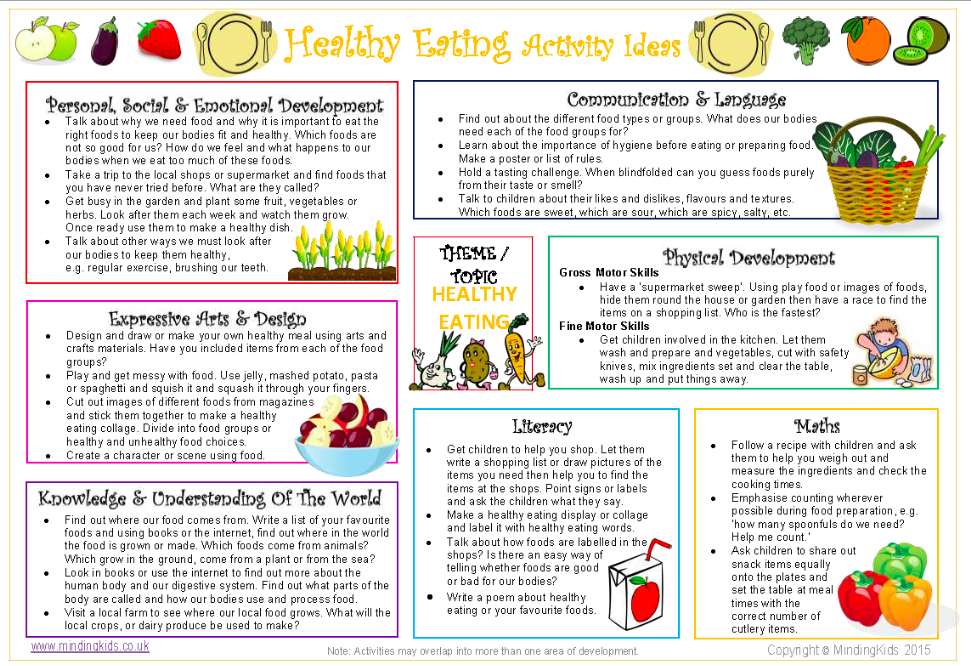 These are finger foods for 6 month old baby with no teeth
These are finger foods for 6 month old baby with no teeth
1. Bananas – Can be fed as it is, just ensure that it is ripe enough
2. Avocado – Go for perfectly ripe avocados, or it’ll be too hard for baby
3. Peach – Feed ripe peaches directly
4. Mango – Go for ripe ones, but avoid the extremely squishy ones
5. Strawberries – Hull before offering to baby
6. Watermelon – Remove the seeds and ensure only the red parts are given
7. Pear – Peel and give baby; if it seems to hard, stew it for some time
8. Apple – Peel before giving baby; if the apple is too crunchy, stew it first
9. Muskmelon – Can be given directly, if it is ripe and soft enough
Vegetable Finger Foods for Babies without teeth
Vegetables are hard for babies without teeth to eat directly, so will require some steaming or boiling. Cook till just soft and not any more, or else they’ll turn into mush and won’t be the texture you’re looking for. These are good for finger foods for 7 month old baby with 2 teeth.
10. Carrot – steam or boil to make it soft, but don’t overcook
11. Cauliflower – Roast or steam; take care to prevent burning
12. Broccoli – Roast or steam lightly; it’ll crumble if overcooked
13. Potato – Boil or steam well till soft
14. Pumpkin – Cook for a short while till the cubes are just soft
15. Zucchini – Steam or cook lightly till soft
16. Beetroot – Steam or boil till quite soft
Breakfast Recipes for Babies without Teeth
Many of these breakfast ideas can be made for the whole family or older kids as well. Choose from Indian and other cuisines so your baby gets used to sweet and savory breakfasts. You can add fruit on the side as well. These are good foods for toddlers with few teeth
17. Eggless Apple Whole Wheat Pancake – You can skip the salt if you like
18. Banana Toast – You can also try almond milk
19. Waffles – You can use coconut milk or almond milk to make these
20. Vegetable Idli – You can start with only grated carrot and add more vegetables later on
21.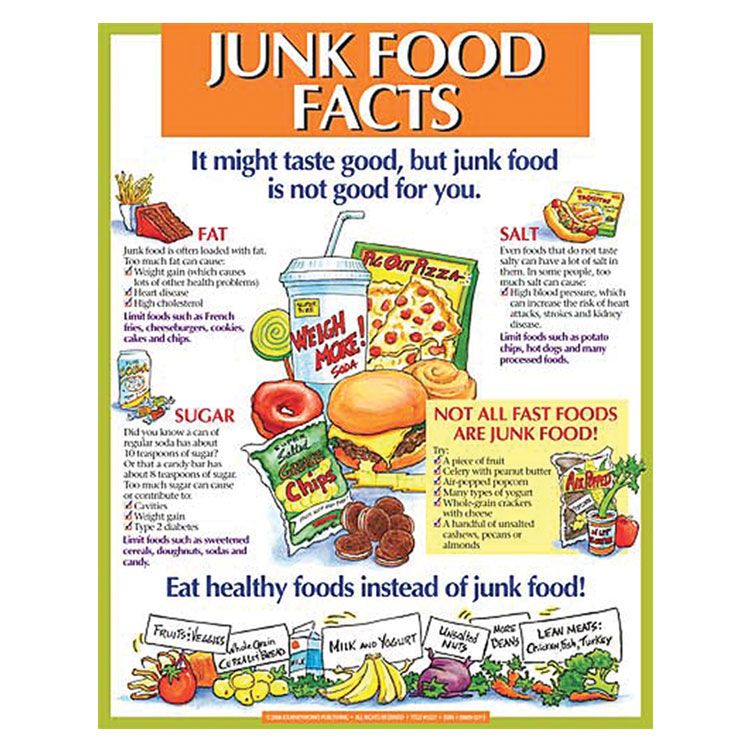 Blueberry Oat Muffins – Substitute the milk with almond milk or baby formula
Blueberry Oat Muffins – Substitute the milk with almond milk or baby formula
22. Scrambled Eggs – You can use coconut milk instead, and skip the salt
23. Oat Cereal – You can add pureed fruit for more bulk
24. Baby Omelette – You can skip the milk or add formula
25. Steamed Dosa – Serve this with chutney powder for babies
26. Banana Pancakes – Make your own pancake batter and use
Lunch/Dinner Recipes for Babies without Teeth
Meals like lunch and dinner seem to be the biggest challenge for Moms of babies with no teeth, but there are many options. Adjust the salt content when you cook for baby – try adding spices instead to flavor the food. You can add all these foods in your 1 year old baby food menu
27. Flavored Paneer – Make sure the paneer is soft and not rubbery
28. Chicken Carrot Meatballs – You can also try plain chicken meatballs
29. Butternut Squash Risotto – You can use any short grained rice
30. Sweet Potato and Lentil Croquettes – Opt for cheese with less salt
31. Butternut Mac and Cheese – Skip the salt and curry, you can also replace the thyme with fresh herbs
Butternut Mac and Cheese – Skip the salt and curry, you can also replace the thyme with fresh herbs
32. Mini Aloo Paratha – Skip the salt; later you can try adding peas to the filling
33. Carrot Khichdi – You can also try this with beetroot
34. Bolognese Pasta – You can use chicken mince
35. Ghee Rice – Use homemade ghee for better results
36. Chicken Nuggets – You can use turkey or chicken here, be sure that you’re using boneless pieces
These are a few of best delicious foods for 1 year old with few teeth.
Snack Finger Food Recipes for Babies without Teeth
If you’re trying to get baby to eat on a schedule, you can offer her these snacks when she gets hungry in between. Try to balance it like this: if she hasn’t had any veggies all day, try with a veggie snack.These are perfect finger foods for 1 year old
37. Soft Cheese
38. Sweet Potato Fries – Serve with homemade tomato sauce
39. Cauliflower Nuggets – Skip the salt; substitute breadcrumbs with powdered baby cereal
40. Spinach Fritters – Skip the chillies and chilly powder
Spinach Fritters – Skip the chillies and chilly powder
41. Baked Avocado Fries – Substitute bread crumbs with powdered baby cereal
42. Pumpkin Sooji Fingers – Serve with homemade tomato sauce
43. Banana Oatmeal Fingers – You can also add a little of our Dry Fruit Powder
44. Broccoli Cheese Nuggets – Substitute bread crumbs with powdered baby cereal and use cheese with less salt
Dessert recipes for Babies without Teeth
While you don’t need to make a sweet dish a daily affair, once in a while even baby deserves a treat! Making them less sweet will prevent a sweet tooth later, whenever the teeth come in! These are perfect finger foods for 9 month old with no teeth
45. Carrot Cake – Skip the soda, and use almond or coconut milk
46. Samai Payasam – You can add a small amount of the dry fruit powder for taste
47. Fruit Yogurt – Avoid yogurt that is too sour
48. Frozen Applesauce Treats – Get the applesauce recipe here
49. Egg Pudding – Substitute the milk with coconut milk or almond milk
Egg Pudding – Substitute the milk with coconut milk or almond milk
50. Wheat Halwa – Try not to make it too runny to give baby a chance to chew
Tips for feeding babies without teeth/foods for 1 year old with few teeth
1. Check the age recommendation on each recipe before feeding your baby.
2. Make sure you follow the 3 day rule with all new foods to be aware of any allergy.
3. Always be in the room with your baby when he’s eating.
4. With a new food, introduce small amounts at a time.
5. In case of any doubt, consult a doctor.
Most babies will find a way to gnaw on their food, chew on it at the back of their mouths and swallow. They generally have a natural gagging reflex to prevent choking, so they’ll spit out food that’s may be dangerous – don’t force it back down. With some trial and error, you’ll soon find that your baby is able to enjoy most foods – you’ll know when you see that loving toothless grin!
Hope this huge list of foods for 1 year old with few teeth was helpful for you, please let us know your queries in comments.
Frequently Asked Questions
Can you give finger foods to baby with no teeth?
Yes, we can give finger foods to baby with no teeth. As baby's gums are very strong, they can easily chew on soft finger foods with ease. In this article we have listed 50 foods for babies without teeth
What can my baby eat with 2 teeth?
Here are the list of foods that your baby can eat with 2 teeth - soft fruits, soft steamed vegetables, pancakes, soft dosas, mac and cheese, khichdi etc. we have compiled a interesting list of 50 foods for babies with few teeth
What can I feed my 1 year old with no teeth?
Here are the list of foods that you can give your 1 year old baby with no teeth - soft fruits, soft steamed vegetables, pancakes, soft dosas, mac and cheese, khichdi etc. we have compiled a interesting list of 50 foods for 1 year old baby with no teeth.
What should 1 year old be eating?
A 1 year old baby can eat all the foods that the family eats with less spice and salt
Buy Healthy Nutritious Baby, Toddler food made by our own Doctor Mom !
Shop now!Introducing solid food to a baby: how to teach a baby to chew
It is generally accepted that most babies are ready to be introduced to food in pieces at 6-8 months. In fact, age in the development of chewing skills is not the main thing. The baby should be ready for the introduction of solid foods both physically (to be able to actively work with the tongue and press it correctly against the palate) and psychologically: food interest should “wake up”, the desire to look into the parent’s plate and try what adults eat.
In fact, age in the development of chewing skills is not the main thing. The baby should be ready for the introduction of solid foods both physically (to be able to actively work with the tongue and press it correctly against the palate) and psychologically: food interest should “wake up”, the desire to look into the parent’s plate and try what adults eat.
“The appearance of the first chewing movements occurs at 4–5 months, at the same time the gag reflex moves from the middle to the back third of the tongue,” says pediatrician Yulia Rakhimbekova. - And if during this period you do not introduce complementary foods, but continue to stimulate only the sucking reflex, then the chewing reflex that is not supported by practice will begin to fade. A few years ago, the baby, before the appearance of the first milk teeth, received drying, crackers or even a chicken bone from his mother and learned to “chew” with his gums. Today, parents often introduce complementary foods after 6 months and later, when 2-4 front teeth have already appeared in the mouth. But these teeth are used for biting, it is impossible to chew them, and - what is important! - they prevent the baby from chewing with their gums. This is how the moment is lost. Further, normally at the age of 7-12 months, the child continues to strengthen the skills of biting and chewing, developing lateral movements of the tongue and the ability to move food to the teeth with the tongue. He is already able to eat cereals, chopped fruits and vegetables. Of course, everything is individual. Full-term or premature, healthy or with health problems, have teeth or have not yet appeared - one way or another, by the year the baby should produce high-quality chewing movements with the jaws. But this will only happen if the parents gradually taught him this. It does not happen that a child is fed only with breast milk, but at the age of one he sat down at the table, took a spoon and began to eat busily from the common table.
But these teeth are used for biting, it is impossible to chew them, and - what is important! - they prevent the baby from chewing with their gums. This is how the moment is lost. Further, normally at the age of 7-12 months, the child continues to strengthen the skills of biting and chewing, developing lateral movements of the tongue and the ability to move food to the teeth with the tongue. He is already able to eat cereals, chopped fruits and vegetables. Of course, everything is individual. Full-term or premature, healthy or with health problems, have teeth or have not yet appeared - one way or another, by the year the baby should produce high-quality chewing movements with the jaws. But this will only happen if the parents gradually taught him this. It does not happen that a child is fed only with breast milk, but at the age of one he sat down at the table, took a spoon and began to eat busily from the common table.
If the baby is over two years old, and he is accustomed to pureed food, chews reluctantly or does not know how to chew at all, please be patient: to catch up you will need time - from a month to six months.
Why you need to learn to chew before the age of
The ability to chew solid food is absolutely necessary for a child:
-
for strong teeth
The inability and unwillingness of the baby to chew solid pieces of food leads to a violation of the formation of bite, and subsequently - the oval of the face. Milk teeth are not sufficiently stressed and may fall out prematurely.
The use of products mainly in a puree-like state negatively affects the functioning of the gastrointestinal tract: it provokes the appearance of allergies, intestinal disorders, bloating, and constipation. Since the food that you just need to swallow does not mix well with saliva, the baby's digestive enzymes are poorly produced. The gastrointestinal tract becomes "lazy", receiving only tender food, which is no longer for the child's age. As a result, problems grow like a snowball: underdevelopment of the enzyme apparatus, excess weight, increased sensitivity of the intestine.
“The inability to chew is not the direct cause of speech delay or lack thereof,” says speech therapist Tamara Novikova. “At the same time, this is an indicator of negative changes in articulatory tone. It is likely that the child will be uncomfortable, uncomfortable pronouncing some sounds, because this also requires efforts.
“Until the age of 1.5, we ate only pureed food, as we choked on pieces. It didn’t bother me at all: 15 seconds in a blender - and you’re done. To be honest, it was even more convenient for me, because it was faster and easier to feed. Only now he refuses to eat meat ”- a similar story can be found on any parent forum. Many mothers feel sorry for their babies (and themselves) by giving them pureed food. But the age of 1–2 years is quite dangerous in terms of manipulating a child with parental opinion. Make every effort to ensure that the little one cannot blackmail you with his unwillingness to chew and swallow hard pieces, because in the future this can turn into much more problems.
Food "pieces" should appear in the children's diet no later than the first tooth erupts. The ability to chew well is the key to healthy teeth and clear articulation. Why does a baby refuse to chew? Why is this happening?
Too early or abrupt change in food consistency
Do not immediately switch from homogeneous puree to food in pieces: at first the baby may simply not understand that it is also edible, and the absence of "normal", from his point of view, food will make him nervous. The logical result of this is streams of tears and a tightly compressed mouth. Do not worry! Each baby has its own pace of development and maturation of body systems. If you have introduced solid foods according to all the rules, and the baby stubbornly refuses “solid” foods, consult a specialist (pediatrician, gastroenterologist, neurologist).
Disorders of articulatory tone
“The conditions in which a woman today carries and gives birth to a child are far from ideal,” explains speech therapist Tamara Novikova. - A large percentage of expectant mothers work to the last, exposing themselves to stress and hypoxia, drive a car, do not always give up bad habits - all this indirectly affects the development of dysarthria (impaired tone of the muscles of the speech apparatus) in the child in the future, because a weakened fetus is already forming in utero . What do we get next? A tongue that cannot turn food over in the mouth, poor functioning of the muscles that close, raise and lower the jaw, and an unwillingness to chew. Parents who give up breastfeeding too early also do a disservice to the baby. To get milk from the mother's breast, the baby needs to work hard - work his muscles. With a regular bottle, articulatory tone is much more difficult to develop. Nevertheless, all these difficulties can be overcome.
- A large percentage of expectant mothers work to the last, exposing themselves to stress and hypoxia, drive a car, do not always give up bad habits - all this indirectly affects the development of dysarthria (impaired tone of the muscles of the speech apparatus) in the child in the future, because a weakened fetus is already forming in utero . What do we get next? A tongue that cannot turn food over in the mouth, poor functioning of the muscles that close, raise and lower the jaw, and an unwillingness to chew. Parents who give up breastfeeding too early also do a disservice to the baby. To get milk from the mother's breast, the baby needs to work hard - work his muscles. With a regular bottle, articulatory tone is much more difficult to develop. Nevertheless, all these difficulties can be overcome.
Physiological problems
The baby may refuse to chew even if it is difficult for him to swallow. Trying to cope with solid food can cause him to cough and even vomit. Swallowing disorders may be associated with malfunctions of the gastrointestinal tract or other diseases: for example, tonsillitis, pharyngitis, stomatitis, inflammation of the oral cavity and larynx. “Possible problems that can interfere with high-quality chewing will definitely show up during the child’s medical examination,” pediatrician Yulia Rakhimbekova reassures. - Do not neglect the dispensary appointments of doctors. Up to a year, a child should visit the dentist twice, 4 times - at the neurologist, 3 times - at the surgeon. If necessary (for example, there is a suspicion of a short frenulum of the tongue), the baby can be referred for a consultation with an oral and maxillofacial surgeon.
“Possible problems that can interfere with high-quality chewing will definitely show up during the child’s medical examination,” pediatrician Yulia Rakhimbekova reassures. - Do not neglect the dispensary appointments of doctors. Up to a year, a child should visit the dentist twice, 4 times - at the neurologist, 3 times - at the surgeon. If necessary (for example, there is a suspicion of a short frenulum of the tongue), the baby can be referred for a consultation with an oral and maxillofacial surgeon.
How to introduce solid food to your baby
There is no special technique for teaching chewing, because everything should go on as usual. However, with the help of our tips, you will help your baby master this skill faster.
- Photo
- Getty Images/Foodcollection
-
Organize a space. Think in advance where the baby will feel most comfortable: in a high chair or on your lap.

-
Pick a moment. It is important that the child is not too hungry - otherwise he will be nervous, and your efforts will go down the drain, but at the same time he wants to eat.
-
Prepare cutlery. Use a light plastic spoon with a rounded handle for feeding - then the baby can use it independently.
-
Consider your diet. “Usually we advise mothers to offer their babies pieces of an apple or soft biscuits that they will bite into and thus learn to chew. An inquisitive kid will definitely agree to taste a new product, and at the same time understand why he needs his teeth, and practice chewing movements, says Yulia Rakhimbekova. “Any dish that you think is appropriate at the moment will do, considering whether it’s part of dinner, a snack between meals, or a dessert after a hearty meal.” When buying a jar of puree, be guided by the markings on the label: among the jars recommended for the age of 8-10 months, you will definitely find those that say "pieces that teach you to chew.
 "
" -
Take your time. Start small meals. If the baby refuses a new complementary food, do not insist. Make the consistency of the offered dishes thicker over time - thanks to this, the need to work with the jaws, lips, and tongue develops. If the dish is too thick, add some water or milk.
-
Use his curiosity. At 4-7 months, your baby will be persistently procrastinating in his mouth and trying to chew whatever you give him. Your job is to make sure it's safe. The main thing is to avoid sudden transitions in the diet: you should not give hard carrots if before that the baby ate only ground cereals and mashed potatoes.
-
Do not distract. Let the baby focus on the process of eating, then the actions of the hands, tongue and lips will be coordinated as much as possible.
Mom's helper: nibbler
Nibbler is a device reminiscent of the methods of our grandmothers, when some product (an apple or a lump of sugar) was wrapped in gauze and a child without danger to life could procrastinate it in his mouth for a long time.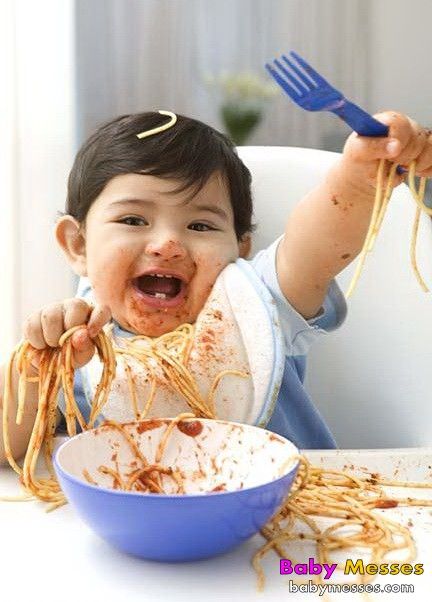 Nibbler promotes the taste of the product, activates salivation and trains chewing movements. The main thing is to monitor the integrity of the mesh and rinse it thoroughly after use.
Nibbler promotes the taste of the product, activates salivation and trains chewing movements. The main thing is to monitor the integrity of the mesh and rinse it thoroughly after use.
How to overcome dislike for solid food
- Photo
- Getty Images/Tetra images RF
“If parents delay the transition of the child to solid food, as a rule, problems begin,” says Yulia Rakhimbekova. - Even a two-year-old baby's eating behavior is already formed, it becomes very difficult to teach him to chew and just make him take something unusual in his mouth. The main advice in this case is not to rush, not to pressure and in no case starve (they say, nothing, get hungry - eat). The transition from pureed food to "pieces" should be gradual. Involve the child in cooking, chop the product together, first in a blender, using a meat grinder or grater, a little later with a fork.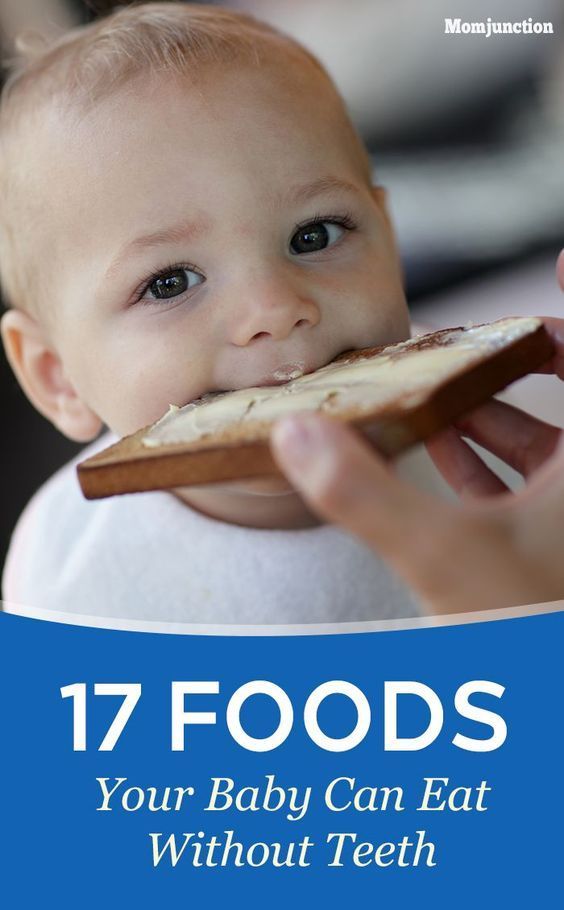 Remember that children are very fond of imitating, so be sure to practice “joint dining”, where you will chew food together with great pleasure.
Remember that children are very fond of imitating, so be sure to practice “joint dining”, where you will chew food together with great pleasure.
What else can help you teach your little one to chew merrily and with appetite:
-
Arrange “rainbows” on a plate, fold “houses”, “draw” animals from slices of boiled carrots, beans, broccoli and cauliflower, fresh cucumbers and tomatoes. If at first the baby does not chew very well, just feed him with the usual pureed food. Try to cut into pieces first of all the foods that he likes the most.
Add small-small pieces of soft fruits (eg pears), boiled vegetables, berries (raspberries) to cereals and purees. Gradually increase the size and number of pieces in the dish.
-
Play. Take, for example, a piece of boiled carrot and depict a bunny: “How does a hare eat a carrot? Like this! Can you do that?"
-
Invite guests and also eat out - practice situations where the ability to grind food simply will not be.

-
Contact a speech therapist: he will show you how to properly conduct speech exercises and speech therapy massage. Such a massage (5–7 minutes of exercise per day 3–4 times a week) will correct changes in tone and help in training the muscles of the articulatory apparatus.
More useful and interesting materials about child development are in our channel on Yandex.Zen.
Evgeniya Karpovskaya
Suukool.ee - Laste hammaste tervis
Teeth begin to decay if there is too much sweet, quench thirst not with water, but with other drinks, and snack very often.
Healthy eating generally means that a person eats no more and no less than the body requires, and eats in a balanced way – i.e. the body receives from food all the necessary proteins, fats and carbohydrates, fiber, vitamins, phytonutrients, etc.
Why is eating sweets bad for teeth? Because microbes get a lot of energy from sweets and can produce acid for a long time, i. e. create an acid attack, and the acid softens the surface of the teeth. Various studies have shown that people who eat sweets more often and in large quantities develop more holes in their teeth. Hence the recommendation - the child should avoid eating excessive sweets and reduce the amount of sugar, honey, etc. when cooking.
e. create an acid attack, and the acid softens the surface of the teeth. Various studies have shown that people who eat sweets more often and in large quantities develop more holes in their teeth. Hence the recommendation - the child should avoid eating excessive sweets and reduce the amount of sugar, honey, etc. when cooking.
Many products, such as yoghurts, curds, fruit drinks, convenience foods, sauces, soft drinks, etc., have a lot of added sugar. As a rule, these are sucrose, fructose, glucose, starch hydrolysates (for example, glucose and fructose syrup). In order to know how much sugar is contained in a particular product, you need to carefully read the information on the package. So you can consciously regulate the amount of sugar consumed by the family. For more information see toitumine.ee.
Eliminating sugary foods from your diet is not a magic bullet that will help us and our children keep our teeth healthy. In reasonable amounts, sugary drinks and carbohydrate-rich foods can be consumed, but at the right time - this can be done during or at the end of main meals, for dessert.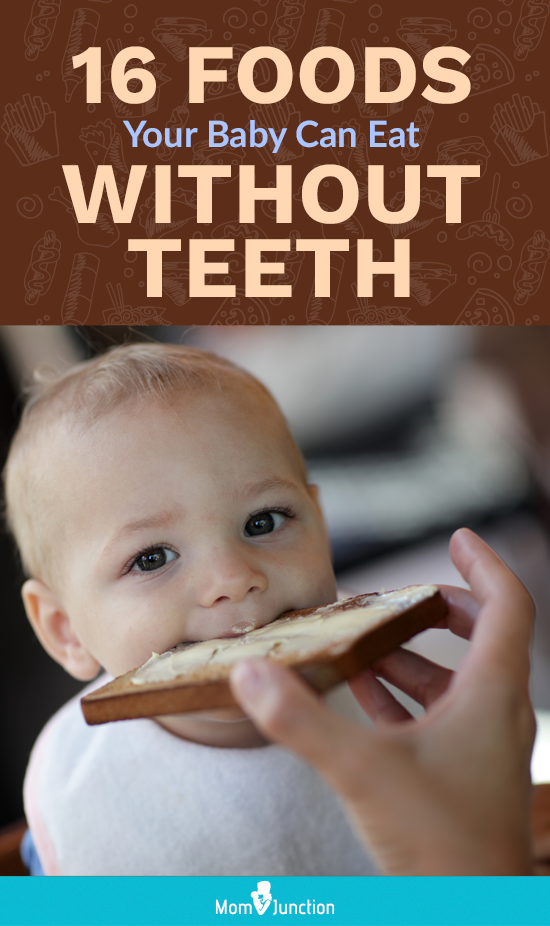 The same goes for fruits.
The same goes for fruits.
Sugar-containing foods should be kept in contact with the teeth for as short a time as possible. The longer they are in contact with the teeth, the more acids are produced by the bacteria, and the more minerals are lost on the surface of the teeth. Therefore, such sweets that are kept in the mouth for a long time, such as sucking sweets, lollipops, chewing gum with sugar, etc., are especially dangerous for the teeth.
For the same reason, sticky foods also contribute to the formation of holes in the teeth. These are, for example, chips, cookies, breakfast cereals, toffee, etc.
Tooth-friendly foods are foods that are harder for the bacteria that cause cavities to metabolize. These foods do not stick to the surface of the teeth and contain little sugar: raw vegetables, nuts, especially almonds, seeds, hard cheeses, etc. In terms of the health of the body as a whole, and teeth in particular, it is better to give preference to them as a snack.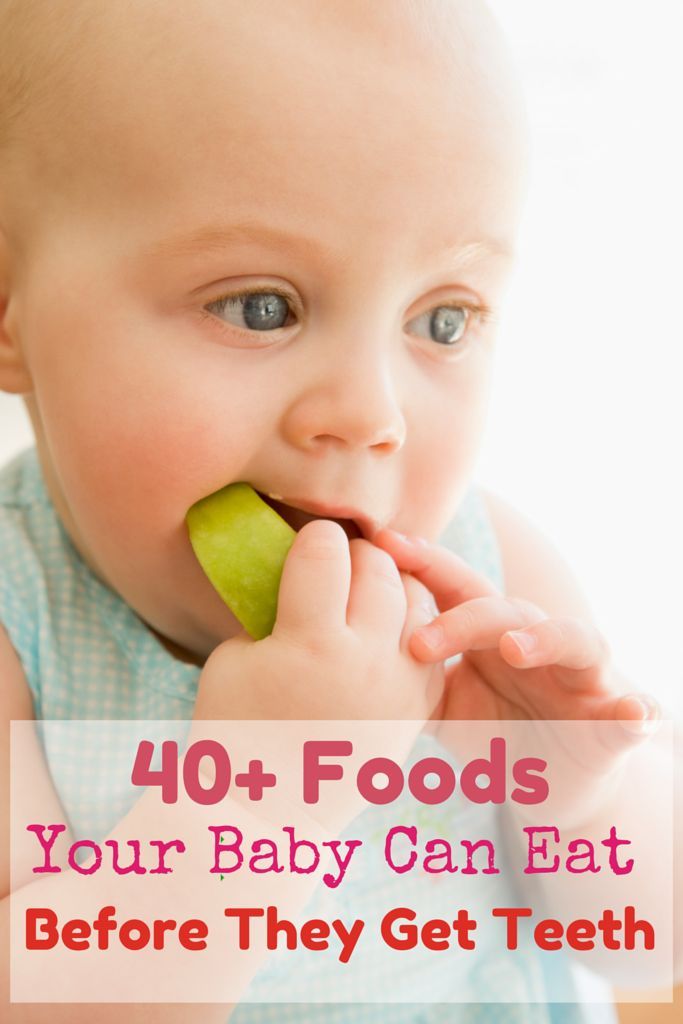
It is important, and essential for children and young people, to eat raw vegetables and fruits, because the developing maxillofacial structures must receive sufficient stress. In addition, intensive chewing stimulates salivation, which in turn helps protect teeth by reducing the force of acid attack.
If you are thirsty, it is always better to drink water. Pure water is the best choice because you can drink it whenever you want, while juice (even without added sugar), fruit drink, smoothies, kefir, milk, water with some flavor, etc. should be drunk with meals because these drinks are acidic and/or contain natural or added sugars that bacteria feed on and produce acid that damages tooth enamel. It should be remembered that water with lemon, cucumber or berries is not suitable for drinking it all the time. Lemon water contains acid and softens tooth enamel. Water with pieces of cucumber or berries gives energy to microbes and they gradually produce acid.
Only pure water without additives and without gas is suitable for drinking at any time and to reduce the intensity of acid attack in the mouth.
Useful Trick: To reduce the amount of food residue and reduce the acidity of saliva, it is useful for both adults and children to drink a sip of water after eating. You can also take a xylitol lozenge to protect your teeth.
Eating healthy, reducing sugar and drinking water are important, but the main cause of cavities is eating too often. Every time we eat or drink something (with the exception of water), microbes get energy and begin to produce acid, i.e. create an acid attack that softens the surface of the teeth. Depending on the food or drink, the acid attack lasts at least 20 minutes. Between meals, saliva comes to the aid of the teeth, which helps to neutralize the acid and make the teeth strong again. If we eat too often, then microbes constantly have energy to produce acid and saliva does not have time to protect the teeth, as a result, holes will appear.
In order for the teeth to restore their surface, the intervals between meals should be 3 hours. During these intervals, only pure water may be drunk.
During these intervals, only pure water may be drunk.
It is recommended to eat 4-5 times a day: breakfast, lunch, dinner and two snacks. It is more difficult for children to follow a meal schedule if food is always at hand. Then during the main meal they have no appetite, but they will chew something almost constantly, with short breaks. Since children are just developing teeth and developing habits, it is especially important for them that meals are regular, and the teeth can rest between them.
It is important to understand that any small snack, be it a patty or a sip of sugar-free homemade juice, is microbial feeding followed by an acid attack. Therefore, meals need to be thought out: what you want to eat, and what the body needs - and do it at the right time. Children can be taught that we cannot eat too often because both the body and the teeth need to rest in order to be healthy. You can use, for example, such an expression as "dental pause", i.e. we eat and drink when it is the right time to do so.


